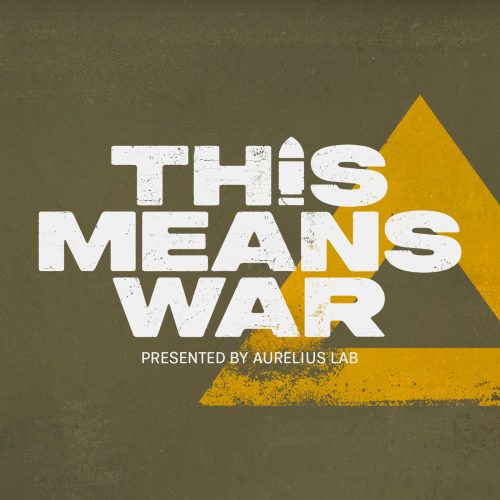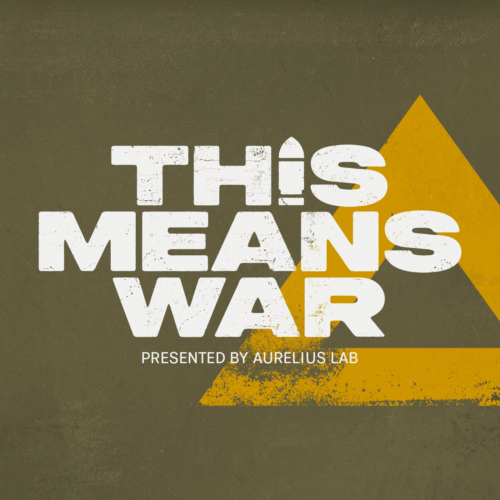Conventional versus Irregular Warfare – challenges for military force design
Meeting the challenges of both conventional and irregular warfare requires mutually exclusive forces specialised in acting against each one. Peter talks to Dr Jack Watling, Senior Research Fellow for Land Warfare at RUSI in London, about why a military force designed for conventional warfare is ineffective at irregular warfare; the verso also applies. There are a myriad of reasons – from embedded culture to training requirements – why this is the case, from formations and skills of Special Forces but also for signals, communication, command, aviation, and logistics. People and their approaches, as well as their networks, is the key factor however. Given that future adversaries are likely to employ both means (unconventional and conventional) to challenge the status quo, nations will need to either construct forces for each strategic approach they face, or specialise in one. Alternatively, states can try to do both with a single force structure and probably – judging on historical evidence, and some contemporary examples too – fail. In times increasing global tensions when autocracies are leaning towards the use of military force as a key lever of power, the decision facing political leaders is whether to fund their militaries or rely on the doctrine of hopeless optimism.
OTHER EPISODES IN SERIES
VIEW ALL





























































